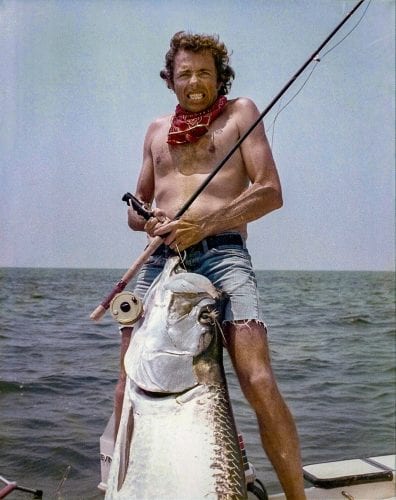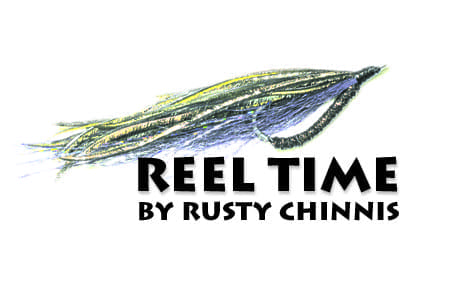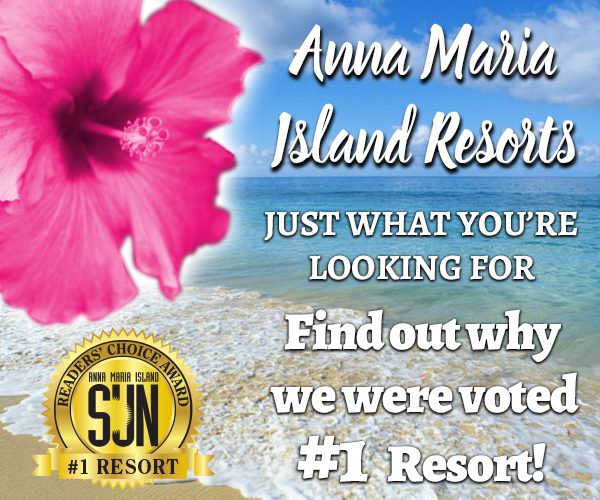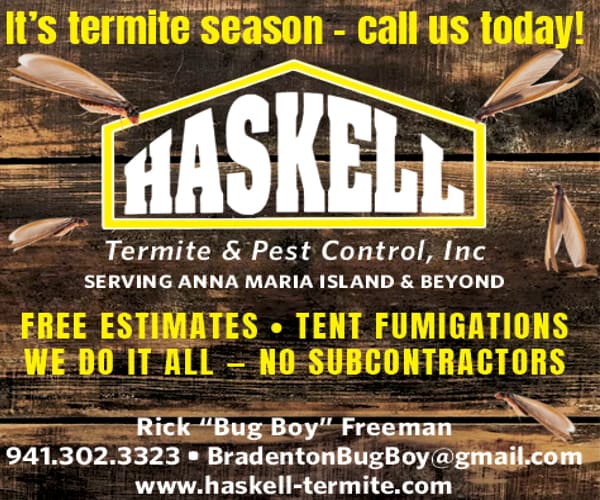It was in the mid to late 70s when the floodgates opened up in the area. It was a time when the world’s greatest fly anglers and guides made an annual May migration to Homosassa. Billy Pate, Joe Robinson, Al Pflueger, Captain Eddie Whiteman, Carl Navarre, John Emory, Captain Bill Curtis, Captain Dale Perez, Captain Steve Huff, Captain Jim Brewer, Tom Evans, Captain Cecil Keith Jr., baseball legend Ted Williams, Captain Nat Ragland and Captain Lee Baker were regulars. The fishing was so incredible that world records never made it to the IGFA record books because they were broken day after day.
Billy Pate, the most visible angler fishing Homosassa, was one of the first Keys anglers on the scene. Pate had been guided by Captains Hank Brown and Lee Baker in the late 70s before Captain Nate Ragland became his guide. Ragland remembers the parties Pate would throw at the Riverside Inn, the gathering place for the Keys guides and their clients. Pate’s seven-day stints in Homosassa would include six days of fishing and one day off.

Ragland fished Pate over the course of 13 years. Ragland remembers some incredible days when there were few anglers and thousands of tarpon. One of Ragland’s clearest memories is of the day Pate fished with a broken foot from a water skiing accident. They hadn’t been seeing much until they happened on a laid up tarpon on a rock pile – laid up tarpon were rare.
Pate made three unusually bad casts, lining the fish three times. The tarpon ate the fly on the third cast even though it had been lined. When Ragland noticed the fly line going under the boat, Pate jumped down from the platform just as the boat pitched bringing him down on the bad foot and breaking two more bones as well as the handle off the reel. Not to be defeated, Pate had his wife Patti remove the handle from another reel and replaced it. To make matters worse, as Ragland was chasing the fish, his push pole-caught in the bottom, and he lost it. After turning the boat around with the electric motors, they chased the fish down and caught it.
Another day that really stands out in my memory is the day Pate hooked six fish out of a seven fish string, says Ragland. Ragland and Pate’s favorite flies included the Dirty Nellie, Purple Pimpernel, Black Death and the Little Brown.
Anglers fishing Homosassa used tackle and techniques developed in the Florida Keys. The rod of choice was the Scientific Anglers Great Equalizer. The most popular reels were the #3 Fin-Nor Wedding Cake, the Sea Master anti-reverse and the Emory reel, developed by Miami’s John Emory.
Flies were big by today’s standards, tied Keys’ style, based on the Homer Rhode Divided Wing Shrimp Fly, on Eagle Claw 4/0 to 6/0 254 SS hooks. Anglers experimented with color combinations tied with three splayed grisly hackles on each side, palmered hackles, and an orange fluorescent head. The big rods required a large line. The most popular was a yellow Scientific Angler #13 with a green sink tip. Bite tippets were generally 100 to 125-pound test. In 1976, Evans backed John Emory to design and build his fly reel.
“I guarantee you that the Emory reel caught more large tarpon than any ever built,” says Evans. “I know because we caught them.”
It took them two plus years to sell 220 reels.
“If I had known that the worse the fishing gets the more reels you could sell, I would have gone in the business,” he relates with a laugh.
This was a time when boats were evolving and the first anglers poled off of the cowling of their motors or backward from the bow. Eventually, boats with poling platforms and trolling motors appeared on the scene. Sidewinders, Makos, and Challengers gave way to Hewes Bonefishers, Dolphin Super Skiff, Shipokes, Mavericks and Silver Kings.
Local Homosassa guides began fishing tarpon from modern flats boats. Captain Mike Locklear learned the trade from Freddy Archibald, builder of the Shipoke and of St. Petersburg. He remembers Archibald loaning him a Shakespeare Wonder Rod and practicing fly casting a few days before he got his first opportunity.
“I had five tarpon eat the fly before I ever jumped one,” says Locklear. “He would just laugh and let me try again. I was trying to set the hook like I had a bass on.”
Other local guides including John Bazo, Earl Waters, Steve Kilpatrick, Jimmy Long and Billy Hampton also began leading anglers to tarpon in the 80s and 90s.
Probably no other angler has experienced more of the evolution of Homosassa tarpon fishing than Tom Evans. From 1977 to 1980, Evans and Captain Steve Huff fished three weeks every May, a time that produced six world records on four different line classes.
“I’ll never see fishing like that again in my life,” says Evans. “Homosassa gave me the best fishing I’ve ever experienced, and recently, the worst fishing I’ve ever seen.”
The numbers Evans reports reveal the weight of his words. “In the 70s we landed 200 tarpon a season, in the 80s 100 fish, during the 90s the number dropped to 50 and within the last 10 years numbers have fallen to five to seven fish.”
Evans calculates that 10 percent of the tarpon he caught were 150 pounds or larger. By his calculations, he has landed 300 plus fish over 150 pounds.
Evans doesn’t know what’s wrong with the fishery now. “There’s no pressure,” he relates. Evans still puts in time on the flats every year with Captain Al Dopirak. “There are no Jet-Skis, few boats, no bait and very few fish.”
The tarpon still come to the Homosassa area during May and June, but their numbers are down exponentially from the 70s. Theories abound as to why they don’t return in the great numbers seen then. Some think the pressure of the ever-increasing boat traffic kept the tarpon from the shallow inshore waters. Others think the increase in shrimp boats off the coast was responsible for a reduction in the available forage food.
Probably the most credible explanation is that the outflows from the local springs are down by as much as 75 percent. Captain Dale Perez remembers when every fish they landed in the 70s spit up pieces of crabs. That doesn’t happen now according to Evans. Perhaps the mixing action of fresh and saltwater that created the perfect habitat for crabs is the problem.
One thing is for sure, we will never know why the fish stopped showing up in great numbers. Seasoned anglers know that there are cycles happening that are far beyond our comprehension. Next year, the large schools of the tarpon could return. If fly fishing has its Camelot, the waters around Homosassa were unquestionably a place where a magical time of almost mythological action is forever etched into angling’s collective consciousness.
































